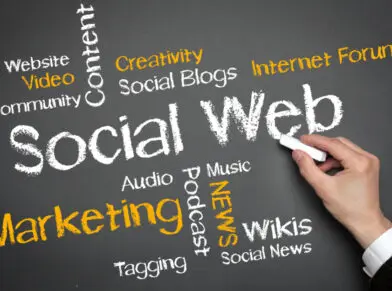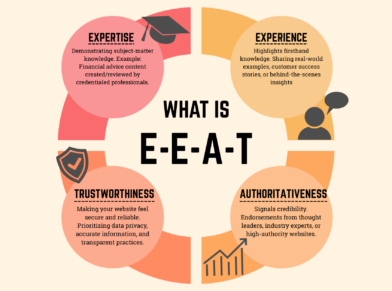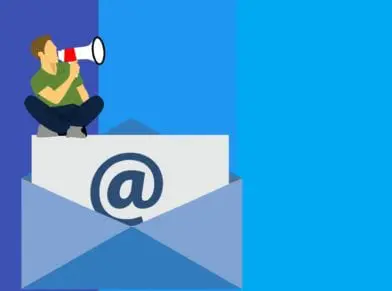EMOTIONAL MARKETING AND LEAD CAPTURE

Emotions are the first language we learn. Until our brains are fully developed, it’s how we communicate and how we understand our world. Some parts of that never leave us. Even into our adulthood, emotions drive our decision-making, especially when it comes to the things we purchase.
Regardless of content, emotion-based ads and marketing campaigns trigger subconscious responses that help us feel our way to the end product. Watch any Super Bowl ad for confirmation – the most popular commercials from year to year are ones which make you laugh or, better, evoke deep sentiment.
Get out the tissues and strap in. Ahead, we’ll take a whirl on the roller coaster of emotional marketing and see its relationship to lead-capture.
Basic Emotions
Though humans experience a litany of varied and complex emotions, most can be categorized as one of four basic states: sadness, happiness, fear or anger.
Each makes for effective advertising in its own way. In decades past, ads were varied across the spectrum. More recently, positive, uplifting or moving content has taken center stage. Print advertising and digital marketing ads alike rely on emotional connection for shares and sales.
In our online age, content marketing that evokes nostalgia and confidence seems to do especially well at crossing barriers and holding our fleeting attention spans.
Establish Value
In essence, emotions consciously or unconsciously underlie all consumers’ purchasing decisions. Tapping the proper sentiment for your customer base is the logical first step, but the real buck stops when you communicate its value.
For example, when REI unveiled their demonstrably successful Black Friday campaign, #optoutside, the store closures sent a clear message to their target audience. They aligned themselves with their brand as well as the shared sentiments of their customers. As they distanced themselves from unchecked consumerism, they simultaneously increased sales.
When creating your content marketing strategy, think about what your product or service underscores. Imagine the value-add to the purchaser. Does your restaurant offer families a sense of belonging? Or is your product satisfying a user’s intrinsic need for connection?
Tell the story behind the features and focus on how it can help achieve a heightened emotional state or eliminate regret altogether. Don’t sell them a product; show your customer how it can impact their human experience.
Emotional Branding
Consumers are inundated with ads. Between Facebook advertising, Google AdWords and native ads in their online content, some estimate that internet users field some 4,000 ads each day.
Want to stand out? Associate your brand with an emotion and distinguish yourself from the competition.
Ultimately, an emotional customer is an engaged customer. Use emotional marketing to genuinely appeal to your target audience’s core feelings and create brand connections that can convert lead captures to long-term sales.

















